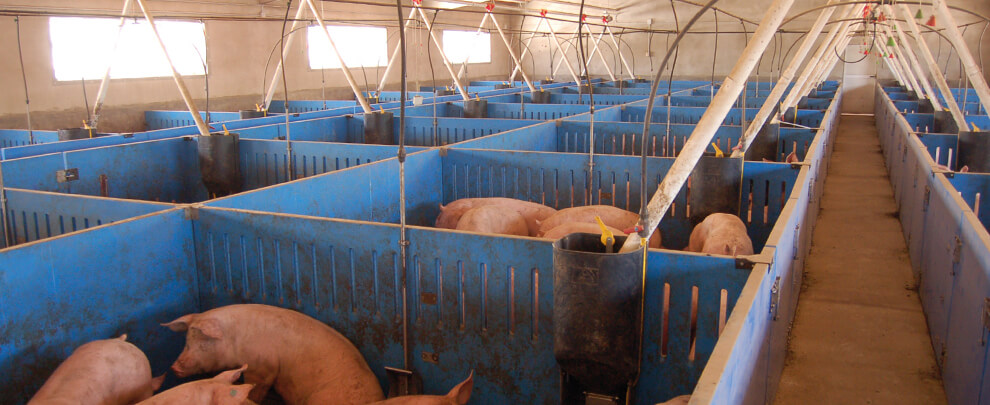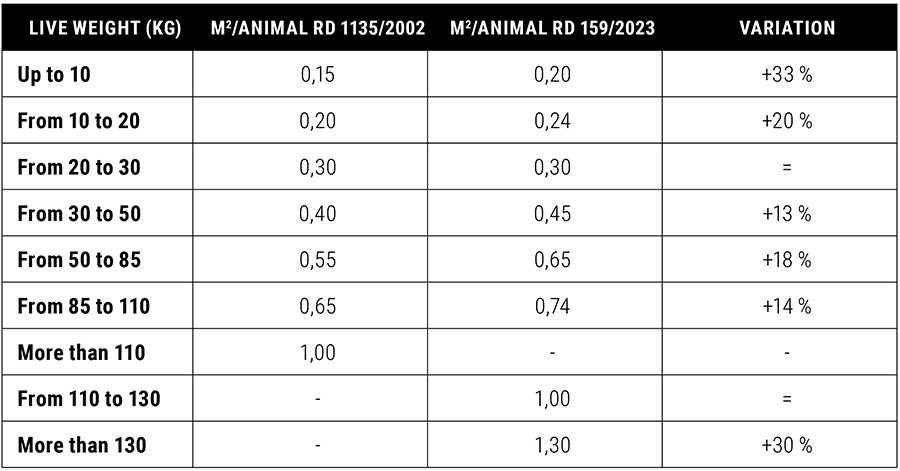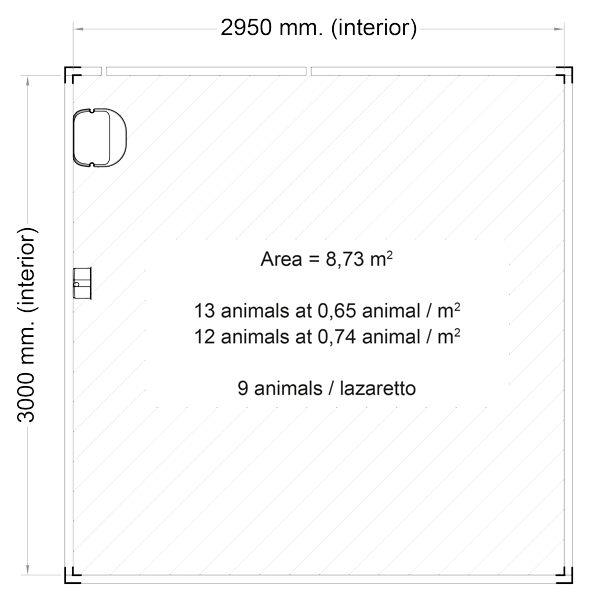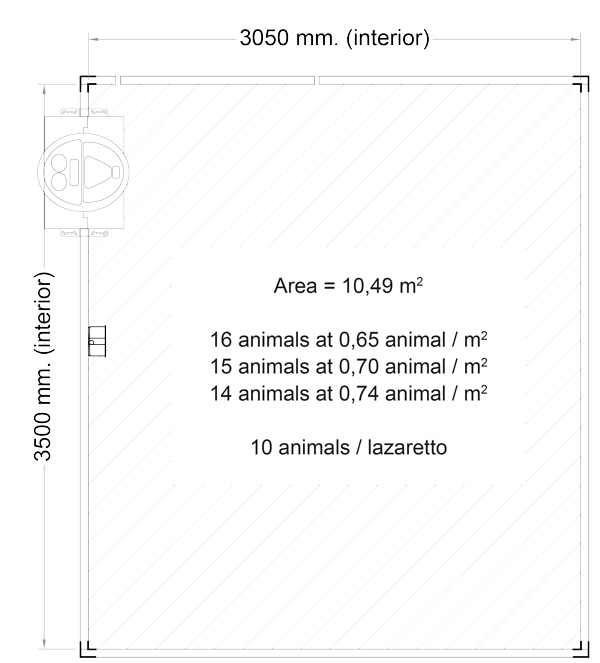Blog
Blog

Will I have to reduce the number of animals coming into my feedlot?
12 of December of 23 - News
Óscar Toledano. Rotecna Sales Manager.
On 7 March 2023, Royal Decree 159/2023 was published, establishing provisions for the application in Spain of the European Union regulations on official controls on animal welfare and amending several royal decrees, including Royal Decree 1135/2002 on minimum standards for the protection of pigs. This is the same regulation that 21 years ago put the sector on alert since, among other things, it obliged us to keep pregnant sows in groups from the 4th week of gestation and not to wean piglets before 28 days of age unless the well-being or health of the piglets or their mother was endangered.
That same Royal Decree 1135/2002 reflected that tail docking should only be carried out when there is evidence that injuries have occurred to the ears or tails of other pigs and that, before its execution, measures must be taken to prevent caudophagy, taking into account environmental conditions and stocking rate. Especially since 2008, the European Union has required member states to ensure that tail docking does not occur routinely. In 2018, an action plan for preventing systematic tail docking was launched. On the other hand, Royal Decree 306/2020 on the management of intensive pig farms, in addition to emphasising BAT for the reduction of emissions and other measures, already established the obligation for the farm owner to have an animal welfare plan.
However, for the administration, these measures have proved insufficient to tackle the routine practice of tail docking, so they have believed it necessary to establish rules in line with the recommendation mentioned above to ensure a uniform application in Spain of European Union regulations, something that is achieved through this Royal Decree 159/2023, which should apply to all new farms to be built after its publication and to existing farms from 8 March 2025.
Among other considerations, one that directly affects the profitability of fattening farms stands out: the modification of the minimum free space necessary for animals from 85 to 130kg.

In addition, at least 2.5% of the farm's total capacity must be allocated to specific and exclusive areas or spaces for the observation and isolation of animals that, for health or animal welfare reasons, must be separated from the rest (lazaretto). In these, the maximum density allowed will be 75%, higher than the rest of the places.
Thus, in the typical 3 x 3 m2 fattening pen with a single-mouth hopper, in which there is a free surface of 8.73 m2 once separators, feeder and waterer are deducted, we can put in at best 12 animals up to 110 kg (if they allow us to round 11.80 to 12), 8% less than the 13 that they put at 0.65 m²/animal. 9 animals if it is a lazaretto (rounding 8.61 to 9).

In the case of the 3.5 x 3.1 m² pens with an intermediate hopper of 10.49 m² of free surface, we would go to 14 animals per pen (rounding 14.18 to 14), 13% less than the 16 that are set at 0.65 m²/animal, or 7% less than the 15 that could be set at 0.70 m²/animal. 10 animals if it is a lazaretto (rounding 10.35 to 10).

Regarding the places designated for observation and isolation of animals, it is not clear if it can be assumed that these animals are always smaller, with many of them not even reaching 85 kg in weight by the time the farm is completely emptied. In any case, this will mean at most 1% fewer places, since 2.5% of places should have 75% fewer animals.
Similarly, it is assumed that density can be met as animals reach a certain weight, and that flourishes (early partial removal of larger animals) will be taken into account, since, if so, as Upon reaching an average weight of 105 kg, 15% of the animals will already exceed 116 kg (assuming a coefficient of variation of 10%, as is usually the case at these weights) these can be removed and an average density of 1 m²/animal, even if the average slaughter weight exceeds 110 kg.
Likewise, they do not explain to us whether the expected losses can be discounted, which are currently very high due to health issues (70% of the fattening places in Spain have between 3.9% and 8.4% mortality, according to the SIP Consultants data from 2023). This would reduce space needs for when the animals are heavier.
Considering all this, many fattening farms are going to lose 9 to 14% of their spaces, so, to maintain the capacity allowed by the environmental and livestock authorization, expansions of the warehouses must be made, as long as there is buildability and distance limitations with other farms can be met.
The administration must clarify these and other points of the new law that affect waterers, feeders, lighting measurements, noises and gases, etc. But fattening farmers should contact their trusted technicians to study their particular case and request the pertinent permits if necessary, since time is running out, and in Spain there are about 26 million fattening places. , and making these reforms will take time and resources, and at the last minute it will not be possible to do everything in a timely manner.
Let us hope that, as in the case of the adaptation of sow farms to group gestation and weaning at 28 days of age, this new regulation will provide a real increase in animal welfare, which will certainly have an impact on an increase in productivity that will compensate for the effort that its compliance will entail.






